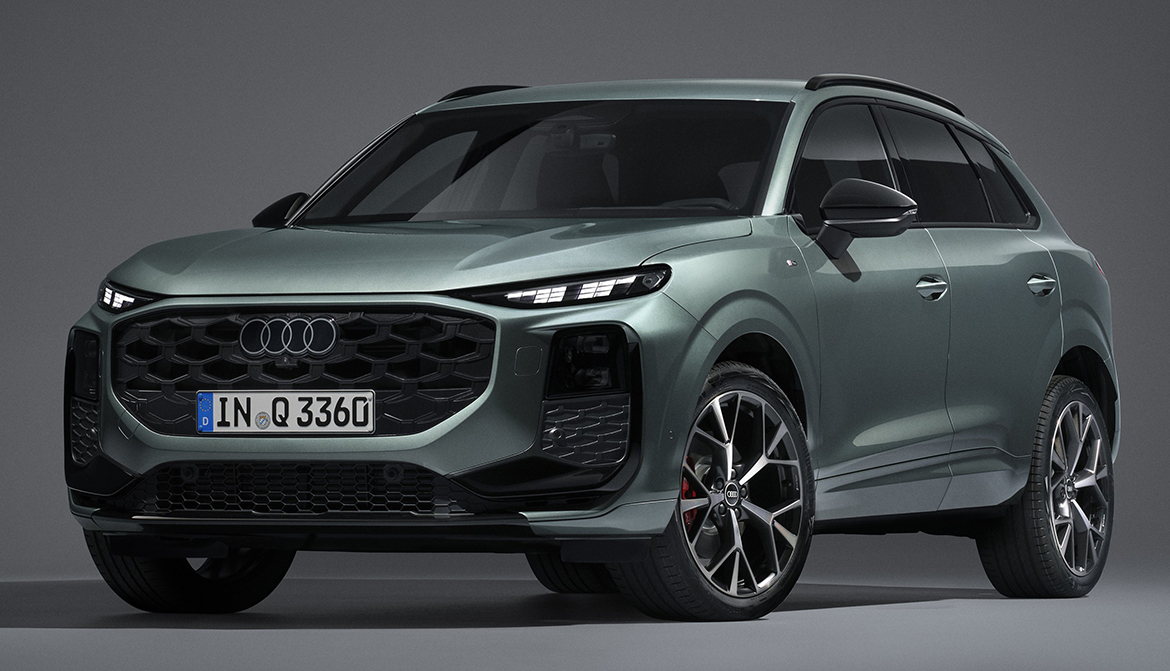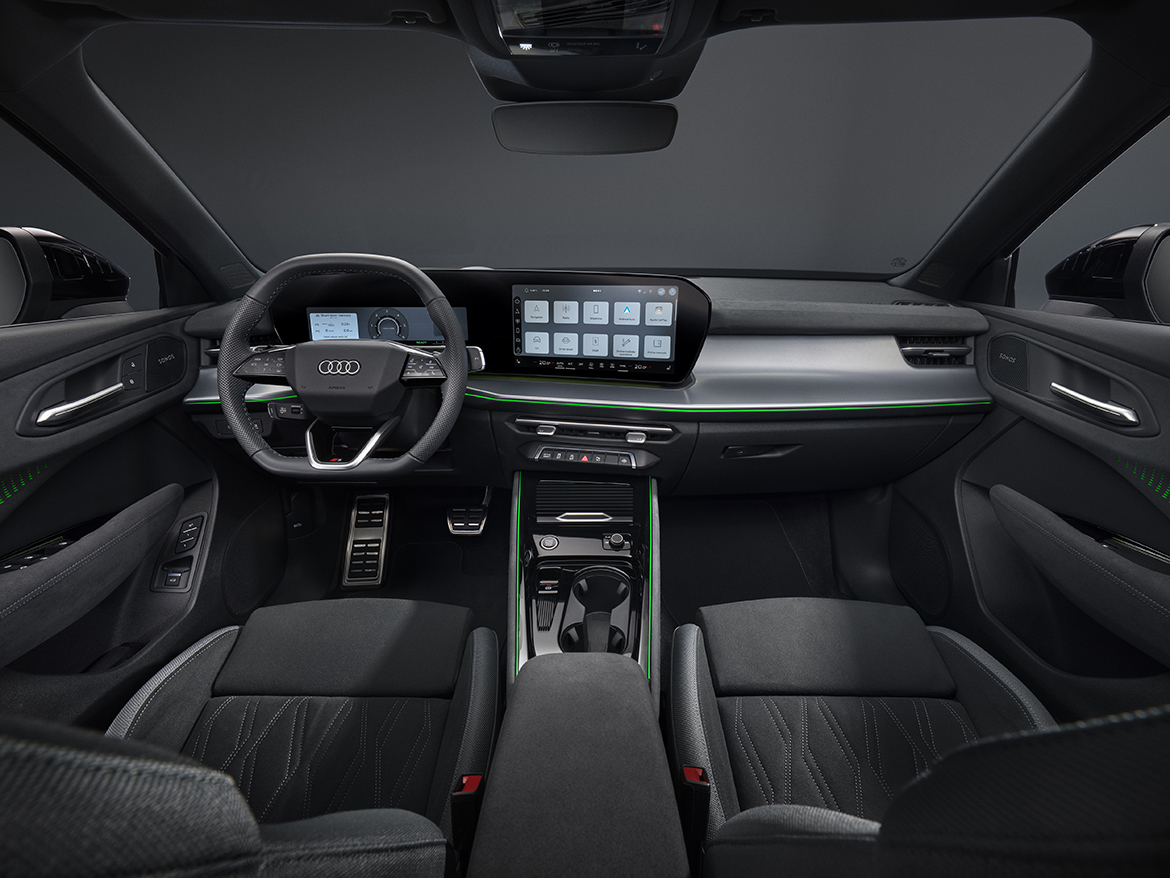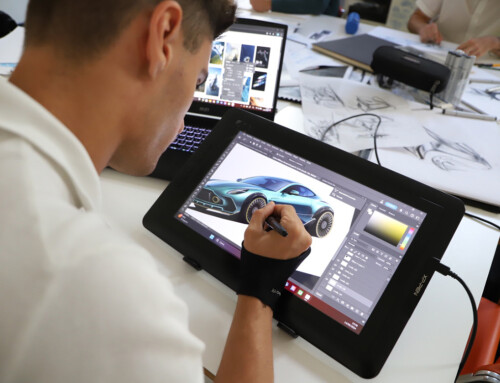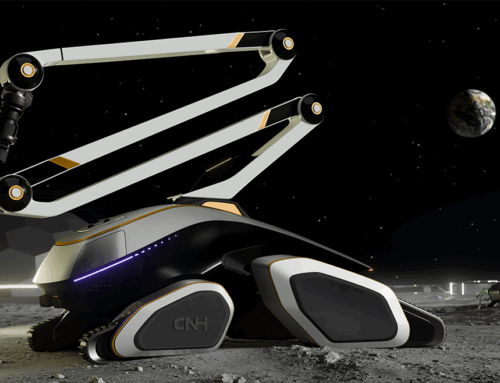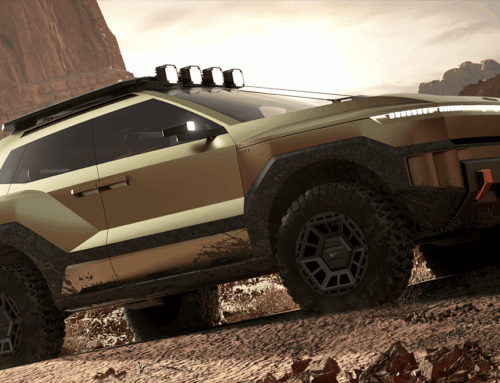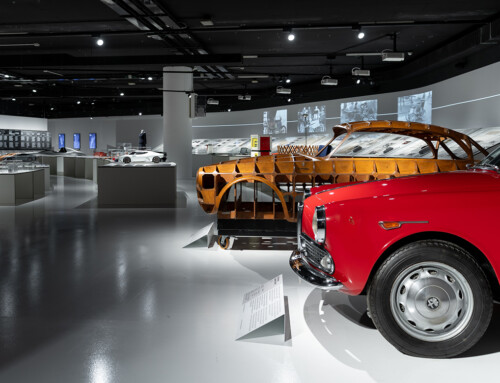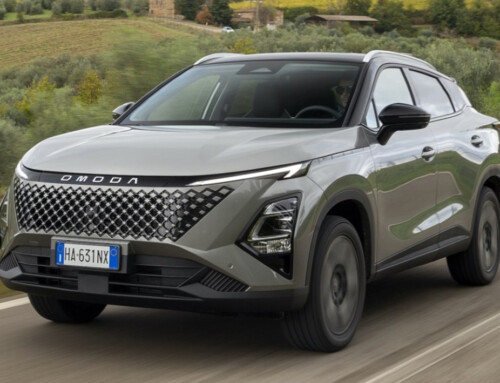Audi presented the third generation of the Q3, its best-selling compact SUV. The new Q3 belongs to the premium C-segment in light of its length of 4.53 metres (+4 cm compared to the previous generation). From the first glance, the design is sportier and more muscular than in the past. The side view is characterised by the rising beltline, while the front is dominated by the wide single frame, in a raised position compared to the second series. The headlamps are sharper than ever before, while the marked quattro blisters at the wheel arches evoke the four-ring all-wheel drive. Redesigned bumpers and air intakes are complemented by steeply raked D-pillars. The rear end is characterised by clean lines, a sporty extractor and a new light strip that seamlessly connects the light clusters.
Particular attention has been paid to aerodynamics, to which the adaptive front air intakes contribute, capable of modifying the flow rate according to actual cooling needs. A solution that benefits the reduction in CX, now 0.30 instead of 0.32 as in the past. No less refined is the acoustic insulation: the compact SUV is the first model from the four rings to offer acoustic side windows at the front. A feature that, in combination with the optimised seals and sound-absorbing materials of more generous thickness, favours the car’s high level of comfort.
Radically renewed is the interior, strongly characterised by the digital stage: a solution brought to debut by the Audi Q6 e-tron and shared by the new mid- and top-of-the-range Audi models, for the first time dedicated to a compact model of the brand. The direct descent from the high-end of the new Audi Q3 is further underscored by the refined ‘Softwrap’, the soft-touch coating that extends seamlessly from the door panels to the dashboard to the console area, creating a ‘cocoon’ effect. The Audi Digital Stage – the aforementioned digital stage, which is standard from the first trim level – consists of the 11.9-inch Audi virtual cockpit, the 12.8-inch screen of the MMI system and the head-up display (HUD). The panoramic MMI display, specifically, is characterised by its curved design: the curved shape “wraps” the driver and evokes the lines of the single frame. Radical evolution for the steering wheel controls. In fact, the steering column incorporates a brand new satellite that includes the gear selector on the right-hand side, a first in the history of the brand, and the light and windscreen wiper control elements on the left-hand side.

